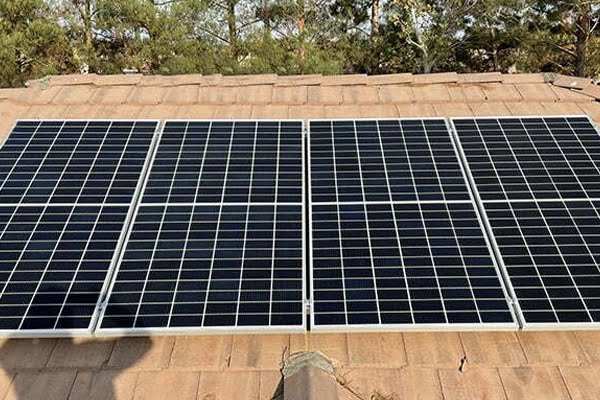Being that clean energy is a fundamental issue in today’s political spectrum, the Whitehouse wants it to be available to all Americans. The plan is called, Clean Energy Savings for All Initiative. The goal is to bring 1 Gigawatt of solar energy to low and moderate income families by 2020 part of President Obama’s Climate Action Plan to install 100 megawatts to federally assisted housing.
Since Obama’s presidency, solar electricity generation has increased 30x and jobs in solar have grown 12x faster than the rest of the economy. This Initiative is a cross government partnership between the Department of Energy (DOE), Housing and Urban Development (HUD), Agriculture (USDA), Veteran’s Affairs (VA), Environmental Protection Agency (EPA) and the Health and Human Services (HHS). State agencies will also collaborate to help promote innovative financing options, improving technical assistance to the local communities, driving innovation, increasing the workforce and providing training to make sure low and moderate income Americans take advantage of clean energy.
Key components of the program from the Whitehouse Fact Sheet include:
– UD and Department of Veterans Affairs (VA) are releasing new guidance to unlock residential Property-Assessed Clean Energy (PACE) financing by outlining how properties with PACE assessments can be purchased and refinanced with Federal Housing Administration (FHA) mortgage insurance and by welcoming the use of PACE financing for Veterans Affairs (VA)-insured mortgages. In addition, DOE is releasing a draft of their updated Best Practices Guidelines for Residential PACE Financing for public comment. PACE is a tool that allows American homeowners, including low- and moderate- income households and veterans, to finance solar and energy efficiency improvements at no upfront cost and to pay back the cost over time through their property tax bill
– DOE is developing a Community Solar Challenge that will award teams in dozens of communities up to $100,000, in cash prizes and technical assistance, to develop innovative models to increase solar deployment and cut communities’ energy bills, in particular in low income communities
– HHS and DOE are making it easier to use hundreds of millions of dollars for energy efficiency improvements by providing technical assistance to Low Income Housing Energy Assistance Program (LIHEAP) grantees on their ability to access 15 – 25 percent of their annual LIHEAP funding for low cost energy efficiency improvements, including renewable energy
– DOE is making sure low- and moderate-income Americans can take advantage of the jobs that come with a transition to clean energy by launching the Solar Training Network, which will help create a more inclusive workforce by connecting solar workforce trainers, solar employers, and individuals interested in working in the solar industry
– EPA, DOE, and HUD are bringing people together to share best practices on how to finance and overcome barriers to creating healthier communities
– More than 120 housing authorities, rural electric co-ops, power companies, and organizations in more than 36 states across the country are committing to investing $287 million and putting in place more than 280 megawatts (MW) of solar energy projects, including projects to help low- and moderate- income communities save on their energy bills and further the deployment of community solar.
What does this new initiative mean for the solar industry? That the next decade will bring solar energy to a whole new standard. Solar will be a common facet of everyone’s lives. Neighborhoods throughout the country will see solar within their communities as the right thing to do. New properties and homes will be built solar ready. More households will be saving hundreds of dollars a year, money that can be spent towards investments increasing the rather than debt.





